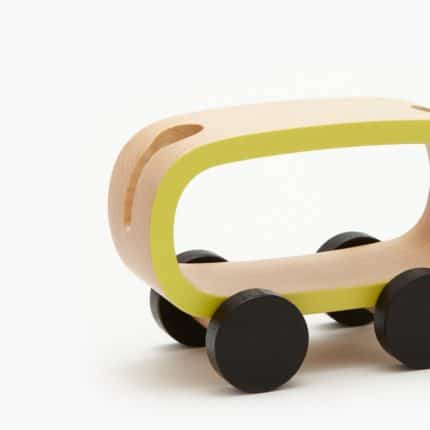We think toys are just for children, but really—they’re the first architects of human development. That stuffed animal clutched at bedtime isn’t just fabric and stuffing; it’s a child’s first confidant. The wooden blocks scattered across the floor? They’re not a mess—they’re neural pathways being constructed in real time. Toys are the unspoken teachers that prepare us for life before we even know we’re learning.
The Neuroscience of Play: Why That Teddy Bear Matters More Than You Think
Every toy a child touches rewires their brain in surprising ways:
- Doll Therapy: Children who engage in pretend play with dolls show 20% more activity in brain regions associated with empathy
- The Block Stacking Breakthrough: Toddlers who regularly play with blocks develop spatial reasoning skills 32% faster—skills that later predict STEM aptitude
- Puzzle Paradox: Completing jigsaws lights up the same brain areas mathematicians use for problem-solving
That “just” in “just playing”? Remove it. A preschooler sorting LEGO by color is conducting their first scientific experiment.
The 5 Toy Types That Build Different Brains
- Symbolic Toys (Dolls, action figures)
- Develop: Emotional intelligence, narrative thinking
- Secret Benefit: Reduce stress hormones when children process daily events through play
- Construction Toys (Blocks, LEGO, Magna-Tiles)
- Develop: Engineering mindset, failure resilience
- Physics Lesson: A block tower that falls teaches gravity better than any textbook
- Manipulative Toys (Puzzles, shape sorters)
- Develop: Fine motor skills, pattern recognition
- Hidden Math: That shape sorter is a child’s first geometry teacher
- Sensory Toys (Play-Doh, kinetic sand)
- Develop: Tactile processing, creativity
- Regulation Tool: Squeezing putty reduces cortisol levels in anxious children
- Rule-Based Toys (Board games, cards)
- Develop: Strategic thinking, impulse control
- Social Hack: Losing at Candy Land teaches emotional regulation better than lectures
The Toy Box Time Machine
Every generation’s toys reflect its values:
- 1950s: Tin robots (post-war technological optimism)
- 1980s: Cabbage Patch Kids (the dawn of personalization)
- 2020s: Coding robots (digital native preparation)
That fidget spinner craze? Not just a trend—it was society unconsciously addressing rising anxiety levels in children.
The Dark Side of Playthings
Not all toys are created equal:
- Overdesigned Toys: Complex gadgets that “do everything” actually reduce creativity by 40% compared to open-ended materials
- Gender Coding: Research shows girls given “boy toys” develop stronger spatial skills—while boys given dolls show more nurturing behaviors
- The Plastic Problem: The average toy lasts 6 months but takes 500+ years to decompose
Toy Hacks for Modern Parents
- The 80/20 Rule: 80% open-ended toys (blocks, art supplies), 20% flashy toys
- Rotation Magic: Cycling toys weekly makes them feel “new” again
- Cardboard Box Bonus: Rated the most creative toy by NASA engineers
A Final Thought
Next time you step on a LEGO barefoot, remember: That pain is civilization being built. The toys we give children aren’t just entertainment—they’re the tools with which they construct their understanding of reality.
P.S. The most educational toy isn’t the one with the most bells and whistles—it’s the one the child returns to again and again. Watch what they choose when left alone—that’s their mind speaking.

